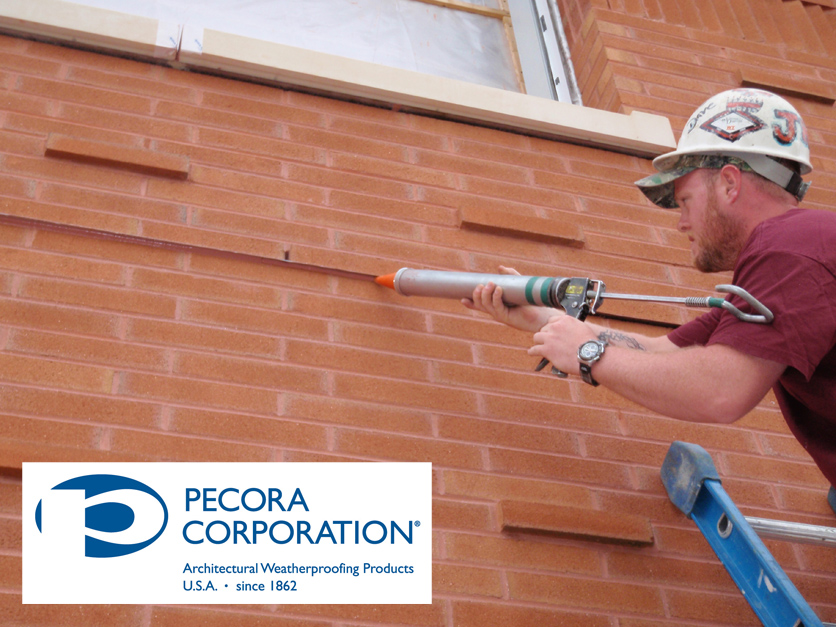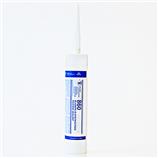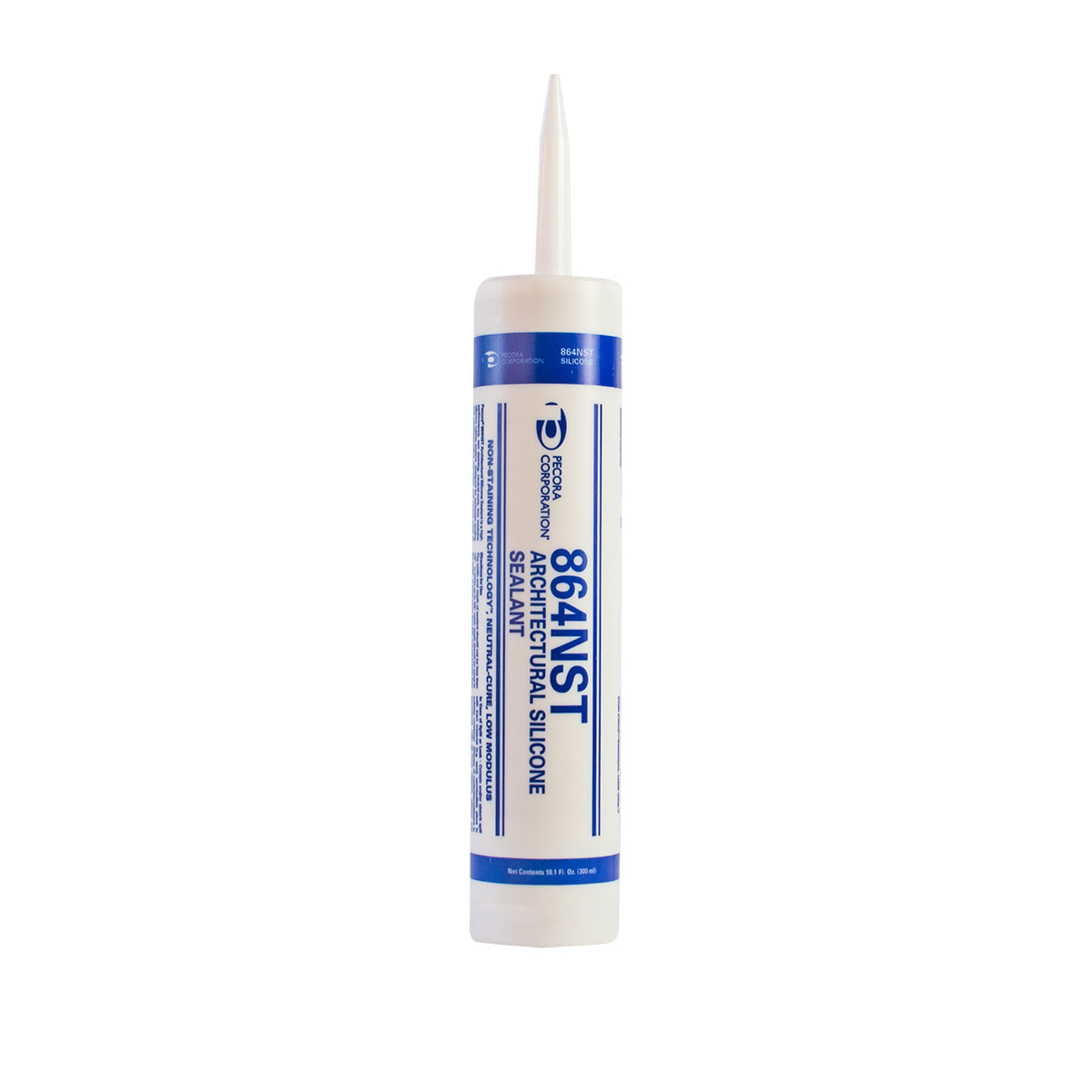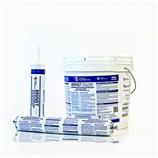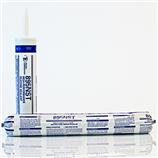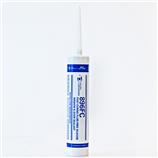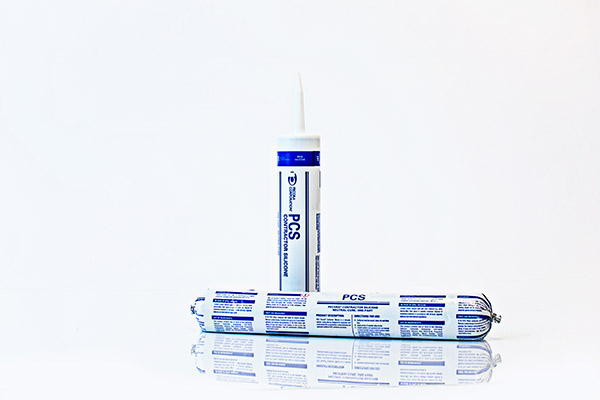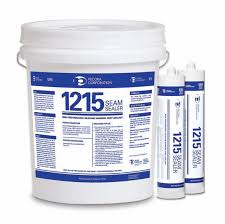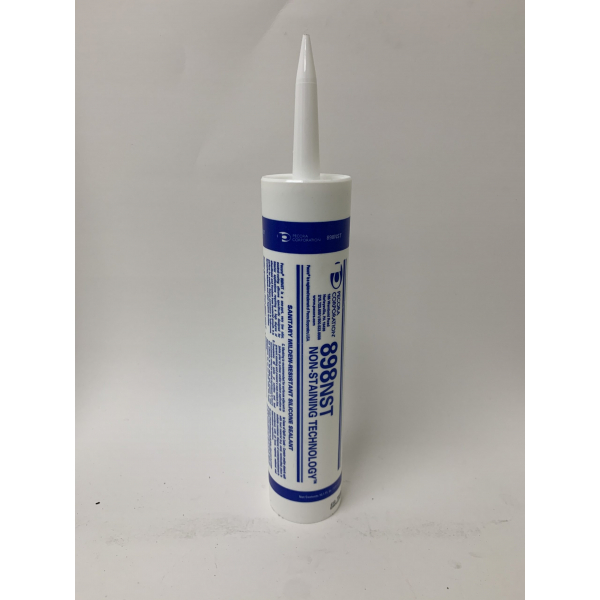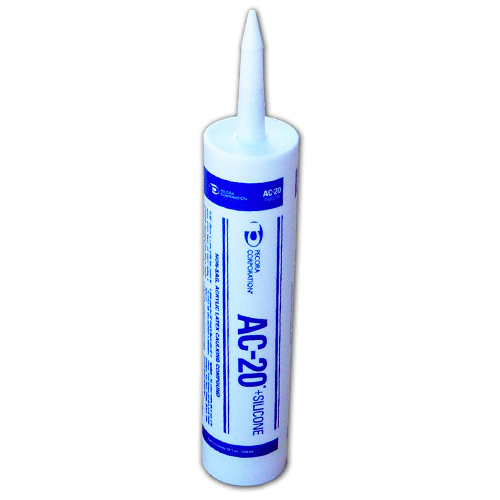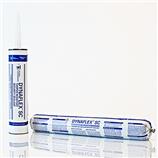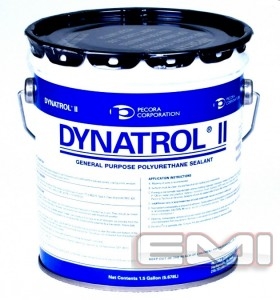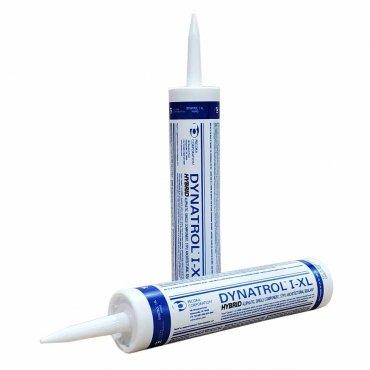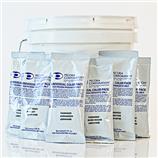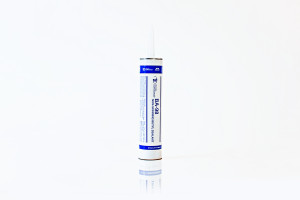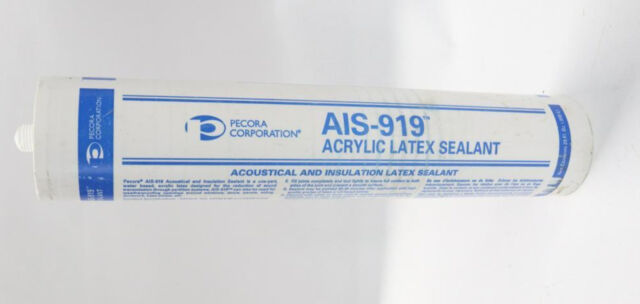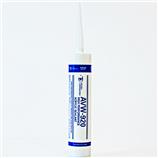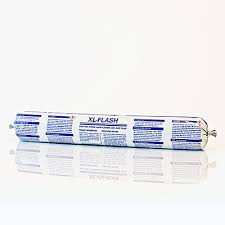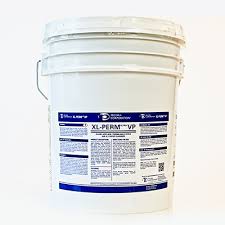Window and Door Shop Fabrication / Silicone Adhesion Test
Founded in 1862, Pecora Corporation® is an American manufacturer of architectural weatherproofing and building sealant products.
- Full line of silicone, urethane and latex sealants
- ISO 9001:2008 Certified
- Wide range of building sealant properties for Commercial/OEM Markets
- Innovative product development and custom color matching
- Private label capabilities
Pecora offers a complete line of high performance glass and glazing sealants for demanding structural and non-structural applications that are suitable for factory or field use. Pecora’s glazing solutions include products with high green strength, long lasting bonds to a variety of substrates, and Pecora’s industry leading non-staining technology (NST).

